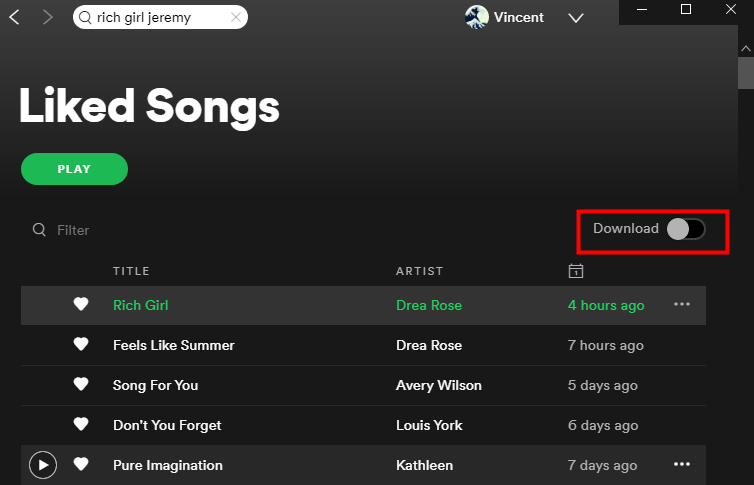
This process can take anywhere from 30 seconds to several hours, depending on the size of your playlist and the fidelity of the songs inside. RELATED: How to Reduce the Amount of Data (and Bandwidth) Streaming Services Use Spotify will attempt to communicate licenses and DRM requests over this protocol, and the system won’t let you sync anything unless both are tied to the same wireless MAC address. You can do this either on your phone/mobile device or in the desktop client itself, but either way once you have all your local files linked to a playlist that you can access across each of your connected devices, toggle the “Play Offline” switch in the top right hand corner, seen here:īe sure that when you activate the toggle, both your desktop and the device you wish to sync to are both on the local WiFi network. With the folder added, any non-DRM restricted music contained within will be immediately imported into the Spotify library, found under the “Local Files” tab in the main menu tree. Any other folders can be added by going into Preferences, scrolling down to “Local Files” and clicking “Add a Source”, near the bottom. Mac users will need to load any files they want into their iTunes, My Music, or Downloads folder if they expect the service to catch them on its own. RELATED: What is Apple Music and How Does It Work?įor Windows users, Spotify will automatically scan your Downloads, Documents, and Music folders for any potential tracks that might be stored on the machine.


Any songs with DRM restrictions will not be able to sync with the Spotify service and will only open in media players that are designed to put in DRM requests with central servers.

First, make sure the song or songs you want to add are properly synced up in your desktop client and have been either recorded yourself, or you own the DRM rights to share it among multiple devices.


 0 kommentar(er)
0 kommentar(er)
